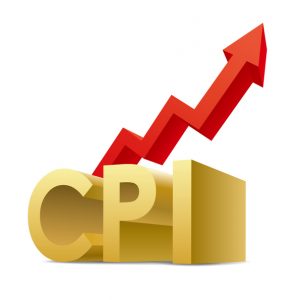The CPI Is Underrepresenting Food Inflation by 40%: Here’s The Proof
The comments below are an edited and abridged synopsis of an article by Tyler Durden
The US government is under-representing the most important aspect of the consumer price inflation basket (food) by as much as 40%.

Cameron Crise of Bloomberg published a study focused on groceries, specifically cereals and bakery products.
Then, to figure out what the real-world prices are, he signed up for supermarket delivery in Columbus, Ohio and Murfreesboro, Tennessee, because they are a reasonable proxy for middle America.
Six goods were selected, converting them to a unit price per pound as per the CPI basket. The products chosen were neither premium nor bargain basement.
The results showed that the CPI is chronically misrepresenting the price of products in the food basket, with the gap between the government price and the average real-world price ranging from 14% (chocolate chip cookies) to as much as 64% (white bread).
Overall, the difference between the CPI price for the basket of six core food products and the average price of the same products in Ohio and Tennessee is a whopping 39%. This same exercise, extended to all other goods and services in the basket, would reveal a similar bias to misrepresenting prices to the downside relative to reality.
While the Fed believes that the CPI calculation is accurate, and thus Americans can be subject to far looser monetary policy as the FOMC believes they are paying far less, the reality is that monetary conditions have to be much tighter for reality to match the BLS’s price assumptions.
The example above represents what middle-America is paying. The prices for these goods along the east or west seaboard would be substantially higher, resulting in a far greater underpricing of reality by the BLS.
